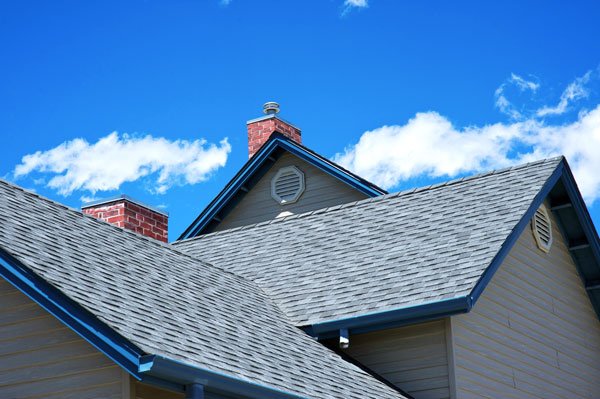
You’ve seen it on television and DIY videos – contractors talking about insulation and the importance of the R-value. Maybe it makes sense, maybe it doesn’t. So that’s going to be our primary focus for today’s blog. We’ll explain the science behind how heat transfers and how insulation’s R-value helps keep your home energy efficient.
Three Heat Transfer Methods
Heat transfers, or moves, in one of three ways:
1. Conduction: When heat is transferred through a material like the drywall and 2x4s that make up your home.
2. Convection: When heat and moisture move as it does within the structure of the home when the siding, sheathing, and walls are not tight. Making the home airtight will help prevent convection heat transfer.
3. Radiation: When heat flows from a hot material to a cooler one.
The R-value, according to www.cellulose.org, is a measure of resistance to heat flow through a given thickness of material. That is a quite simple way to explain it, but it does get the basic point across. Traditionally, the R-value of a wall would be 13 and the roof would be R-30. Today’s builders aim for R-19 walls and R-30 to R-40 in the roof. But why does that matter? Because the higher the R-value, the more energy efficient your home will be.
Higher standards in the construction sector mean higher standards in design, building, and R-value. The Passive House Institute even recommends as high as R-30 in the walls and R-60 in the roof. The better R-value in the walls, ceiling, and crawlspace, the more energy efficient your home will be.
A Quick Example
A flame held close to aluminum foil would make the foil very hot very quickly. The same flame held to one side of a piece of wood would eventually create warmth on the opposite side of the wood, but it would take some time. The piece of wood has a better R-value than a thin piece of aluminum foil that allowed the heat to pass through immediately.
Beyond Insulation
Other ways to keep your home warm include tightening it, or making it airtight. You can achieve this in a variety of ways including caulking around doors and windows, installing new weatherstripping, and other winterization tips that every Cape Cod area homeowners should know. You may also consider using a more secure siding to prevent convection and better roofing materials to prevent radiation.
The most important thing you can do is choose a trusted contractor on Cape Cod to remodel your home. We know the area. We know what to expect. We know how to handle the cold winter weather.
Give us a call at 508-456-8194 to discuss your upcoming project, an existing project, or the possibility of working with us. We’ll schedule an appointment for a consultation and show you why we’re the best choice for your project!


.png?width=350&height=350&name=@designremodel%20home%20remodeling%20cost%20guide%20on%20cape%20cod%20(1).png)


